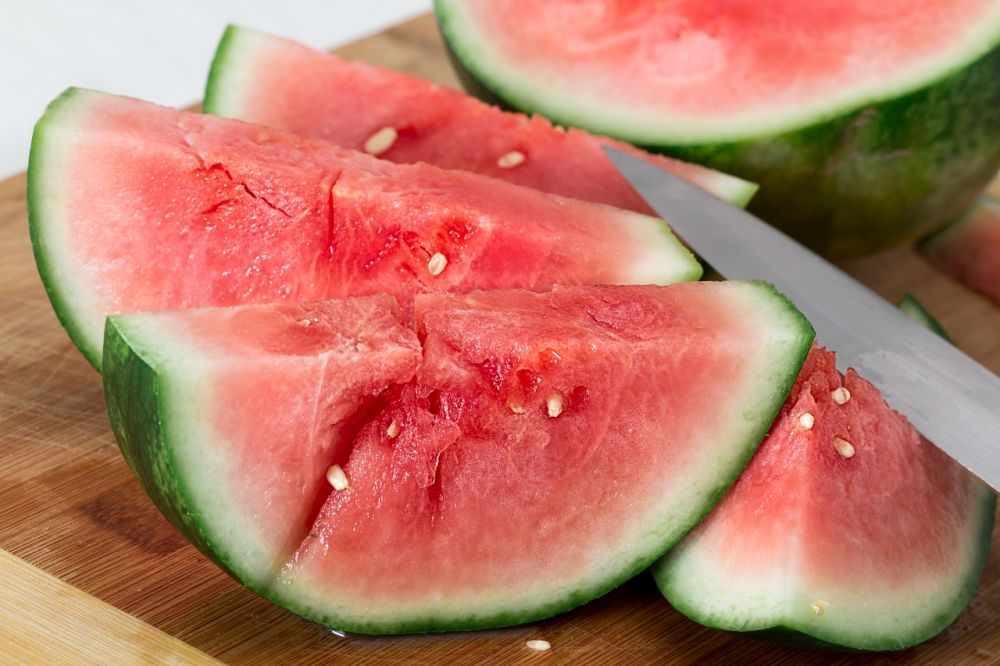Raw Food Diet: A Comprehensive Guide to the Popular Eating Trend

Introduction
The raw food diet has gained significant popularity in recent years, with its proponents proclaiming its numerous health benefits. In this article, we will provide a thorough overview of the raw food diet, exploring what it entails, the different types of raw food diets, and their popularity. Additionally, we will delve into quantitative measurements related to the raw food diet, discuss the variations within the diet, and examine the historical pros and cons associated with different approaches. So, let’s explore the world of raw food diets!
Overview of the Raw Food Diet

A raw food diet is centered around the consumption of unprocessed and uncooked foods, typically plant-based, to maximize the intake of essential nutrients. The diet emphasizes the consumption of fruits, vegetables, nuts, seeds, and sprouted grains while excluding cooked, processed, or refined foods. The philosophy behind this diet is that raw foods retain their natural enzymes, which aid digestion, and are abundant in essential vitamins and minerals.
Types of Raw Food Diets
There are several variations of the raw food diet, each with its own characteristics and principles. The most common types include:
1. Raw Vegan Diet: This diet excludes all animal products, including meat, dairy, and eggs. It focuses on fruits, vegetables, nuts, and seeds as primary sources of nutrition.
2. Raw Vegetarian Diet: Similar to the raw vegan diet, the raw vegetarian diet also excludes meat but allows the consumption of raw dairy products such as cheese and yogurt.
3. Raw Omnivorous Diet: This diet includes raw animal products such as raw meat, raw fish, and raw eggs, in addition to raw fruits, vegetables, nuts, and seeds.
4. Raw Paleo Diet: Inspired by the Paleolithic diet, the raw paleo diet focuses on consuming raw foods that would have been available to our ancestors, such as raw meat, fish, fruits, and vegetables.
Popularity and Trends
The raw food diet has garnered significant attention in recent decades, particularly among health-conscious individuals and those seeking natural forms of nutrition. This trend can be attributed to various factors, including the desire for weight loss, increased energy levels, and improved overall health. Celebrities and influencers endorsing the raw food diet have also contributed to its popularity.
Quantitative Measurements and Studies
While limited scientific research exists specifically on the raw food diet, studies have shown that it can lead to weight loss, improved digestion, and reduced markers of inflammation. However, it is essential to note that adhering strictly to a raw food diet may pose challenges in meeting certain nutritional requirements, such as obtaining sufficient protein and vitamin B12. Consulting with a healthcare professional or registered dietitian is recommended to ensure adequate nutrition and overall well-being.
Differences Within the Raw Food Diet
Despite the shared emphasis on consuming raw foods, variations within the raw food diet may impact nutritional composition and health outcomes. Factors such as food preparation methods (juicing, blending, sprouting), ingredient choices, and individual preferences greatly influence the level of nutrient availability and diversity within the diet. It is important to consider these differences when personalizing a raw food diet to meet individual needs and goals.
Historical Pros and Cons of Different Raw Food Diets
Over time, various pros and cons have emerged regarding different approaches to the raw food diet. Advocates argue that raw food consumption enhances digestion, boosts energy, and promotes overall health. However, critics express concerns about potential nutrient deficiencies, food safety risks, and difficulty maintaining the diet long-term. Balancing the benefits and drawbacks of each approach is crucial for informed decision-making.
In conclusion, the raw food diet encompasses various approaches that emphasize the consumption of uncooked and unprocessed foods for optimal nutrition. While this diet may offer health benefits, it is essential to consider individual needs, nutritional adequacy, and lifestyle factors when adopting a raw food diet. With its rising popularity, understanding the basics, variations, and historical perspectives of the raw food diet illuminates the choices available to those considering this dietary approach.
[INSERT VIDEO HERE]
Sources:
1. ”Raw Food Diet.” Mayo Clinic, Mayo Foundation for Medical Education and Research, 3 Nov. 2020, www.mayoclinic.org/healthy-lifestyle/nutrition-and-healthy-eating/in-depth/raw-food-diet/art-20048511.
2. Traub, Meirav, et al. ”Do ’Raw’ Food Diets Advertised on the Internet Provide Healthy Recommendations?” Public Health Nutrition, vol. 16, no. 11, 2013, pp. 20472053., doi:10.1017/s1368980012005657.











